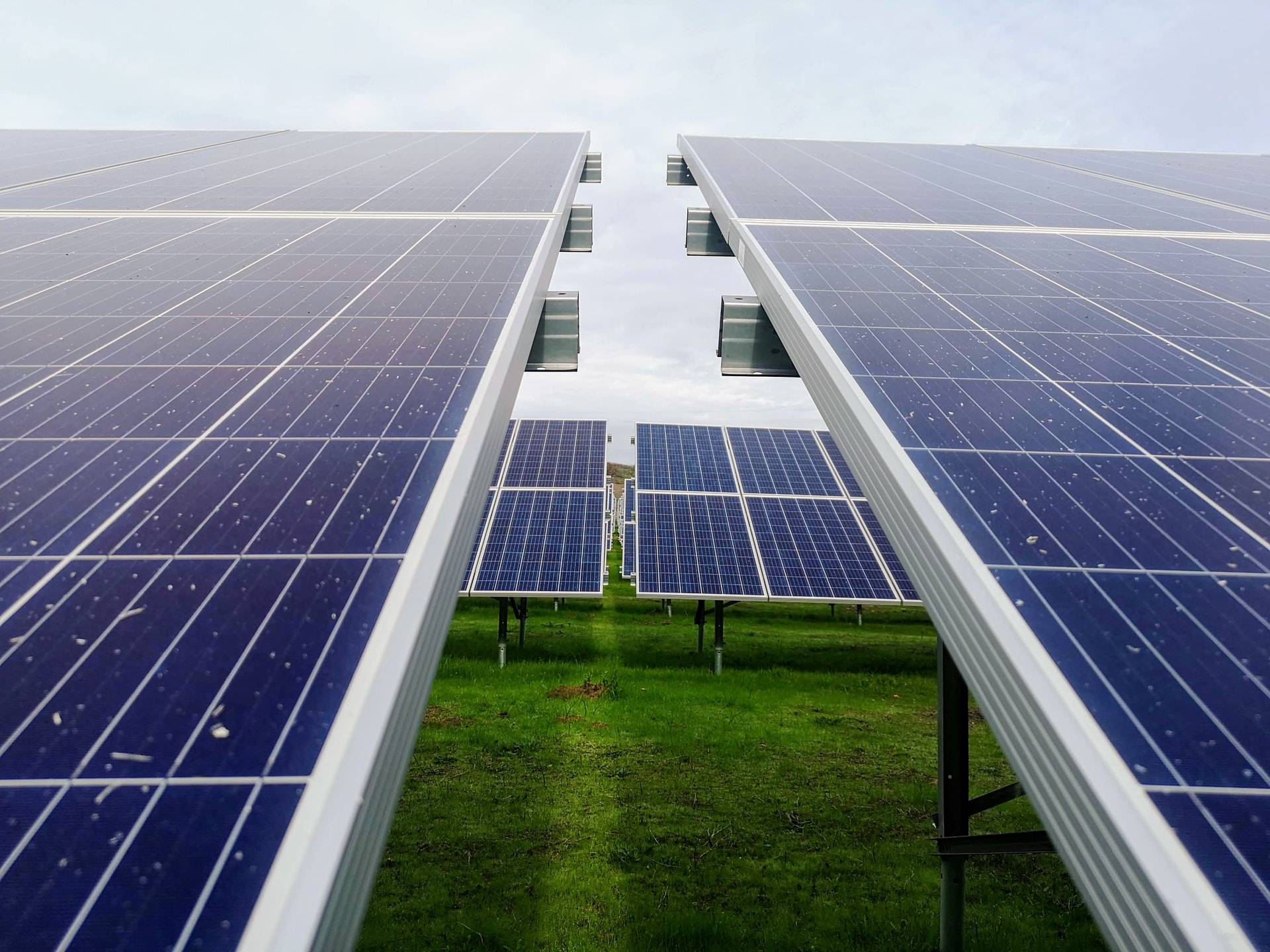The change in photovoltaic settlement systems has led to increased interest in higher-capacity installations and modernizing existing systems. However, this shift has also resulted in a decline in the number of new connections.
The Polish photovoltaic market is growing rapidly, driven by rising ecological awareness and financial support, particularly through programs like “Mój Prąd” (“My Electricity”). Interest in photovoltaic modules among households and businesses has also surged due to rising energy costs, prompting a search for cost-saving solutions.
Since 2019, the number of micro-installations connected to the grid has increased more than 27-fold, reaching a record level by July 2024. During the pandemic, new connections were seven times higher than in 2019, with 2021 proving particularly transformative, recording 396,000 new installations.
From 2023 onward, the number of new connections has declined, influenced by inflation, higher loan costs, and anticipation of a new edition of the “Mój Prąd” program. By August 2024, a total of 1,475,814 micro-installations with a combined capacity of 11,622.50 MW had been connected.
Poland Among Europe’s Renewable Energy Leaders
According to a report by GlobEnergia and LONGi, the total capacity of micro-installations in Poland surpassed 12 GW by July 2024, positioning the country among Europe’s leaders in renewable energy development. This contributes to an increasing share of renewable energy in the national energy mix. The average capacity of newly installed systems remains high; in the second quarter of 2024, it stood at 10.75 kW, up by more than 4 kW compared to 2020. In July 2024, the average capacity was 10.43 kW, while December 2023 marked a record with an average of 15.91 kW. The 2022 changes to the settlement system spurred interest in higher-capacity installations and upgrades to existing systems.
Market Sentiments and Challenges
The report highlights a pessimistic view of the market among industry stakeholders. A majority of respondents involved in the photovoltaic sector perceive the situation negatively, while prosumers—households and small-scale producers of solar energy—hold more moderate and varied opinions, with a notable number expressing neutral or positive assessments. Regulatory challenges, changes in support systems (like “Mój Prąd”), rising costs, and technological difficulties are seen as key contributors to this perception.
“Up to 44% of consumers stated that government programs have had a bad or very bad impact on the market,” said Daniel Moczulski, Director at LONGi SOLAR, in an interview with MarketNews24. “This assessment could stem from the fact that the funds for photovoltaic installations often come from household budgets—monthly savings or loans—and in this respect, the National Fund for Environmental Protection and Water Management has failed to meet its promises regarding the speed of application processing and budget management, making it difficult to plan future investments.”
Key Barriers and Industry Feedback
Both producers and prosumers identified limited grid access and unfavorable settlement conditions (net-billing) as major barriers. On the positive side, equipment availability and regulatory stability were generally appreciated, albeit with varying intensity.
For the industry, the most significant negative factors are the settlement system and the lack of consumer education. A striking 74% of respondents highlighted the settlement system as having a detrimental effect, while 71% pointed to inadequate consumer understanding of the system as another major issue. Additionally, 64% cited low energy prices as a challenge negatively impacting the market. On the other hand, low component costs (72%), available subsidies (63%), and high equipment availability (61%) were seen as the most positive influences. The availability of contractors was most frequently deemed neutral, with 55% of respondents stating it had no significant impact.
“Following the changes in settlement rules, new prosumers were subjected to a net-billing system, which became highly confusing for consumers,” commented Moczulski.
Methodology and Report Findings
The report was based on a survey conducted between September 18 and November 11, 2024, via an online questionnaire on the GlobEnergia website. The survey was ongoing, and participation was entirely anonymous.
Source: ManagerPlus
